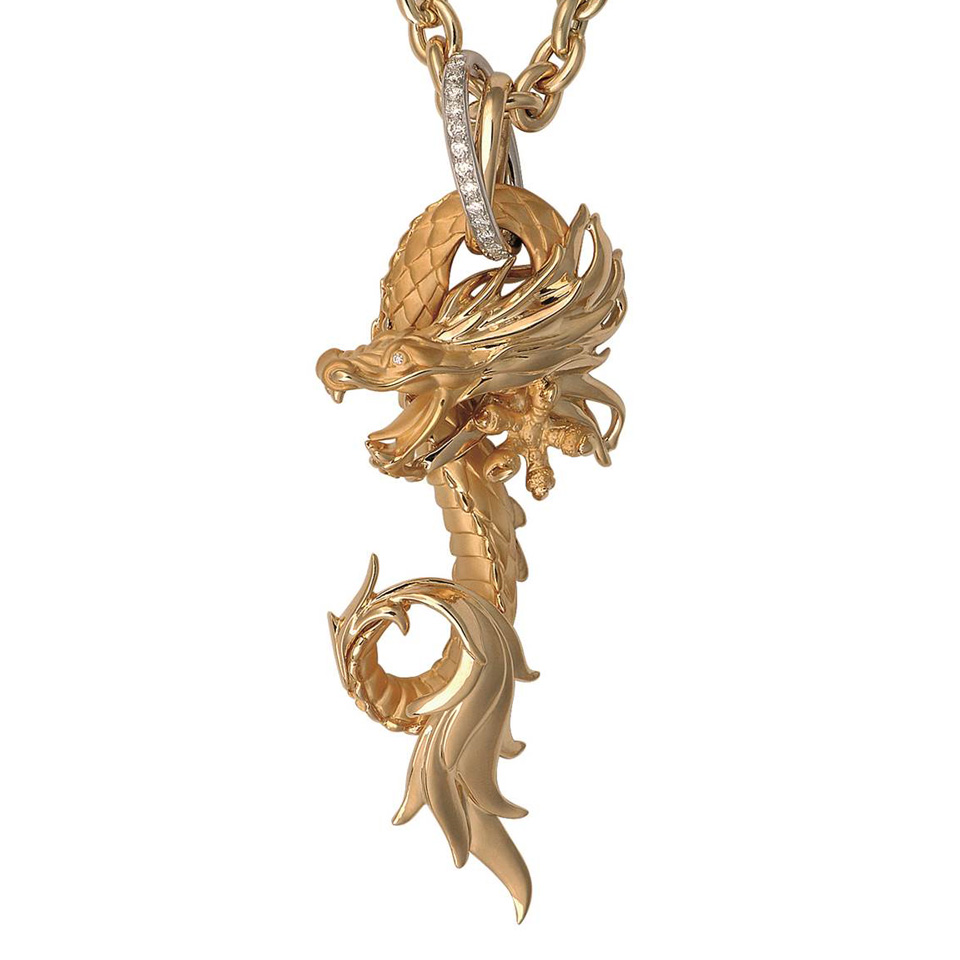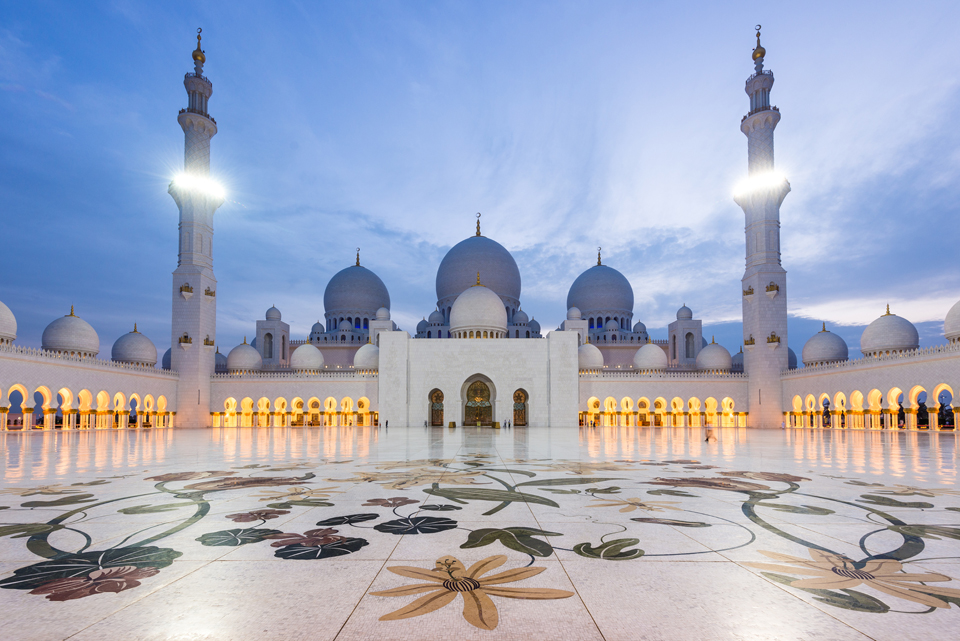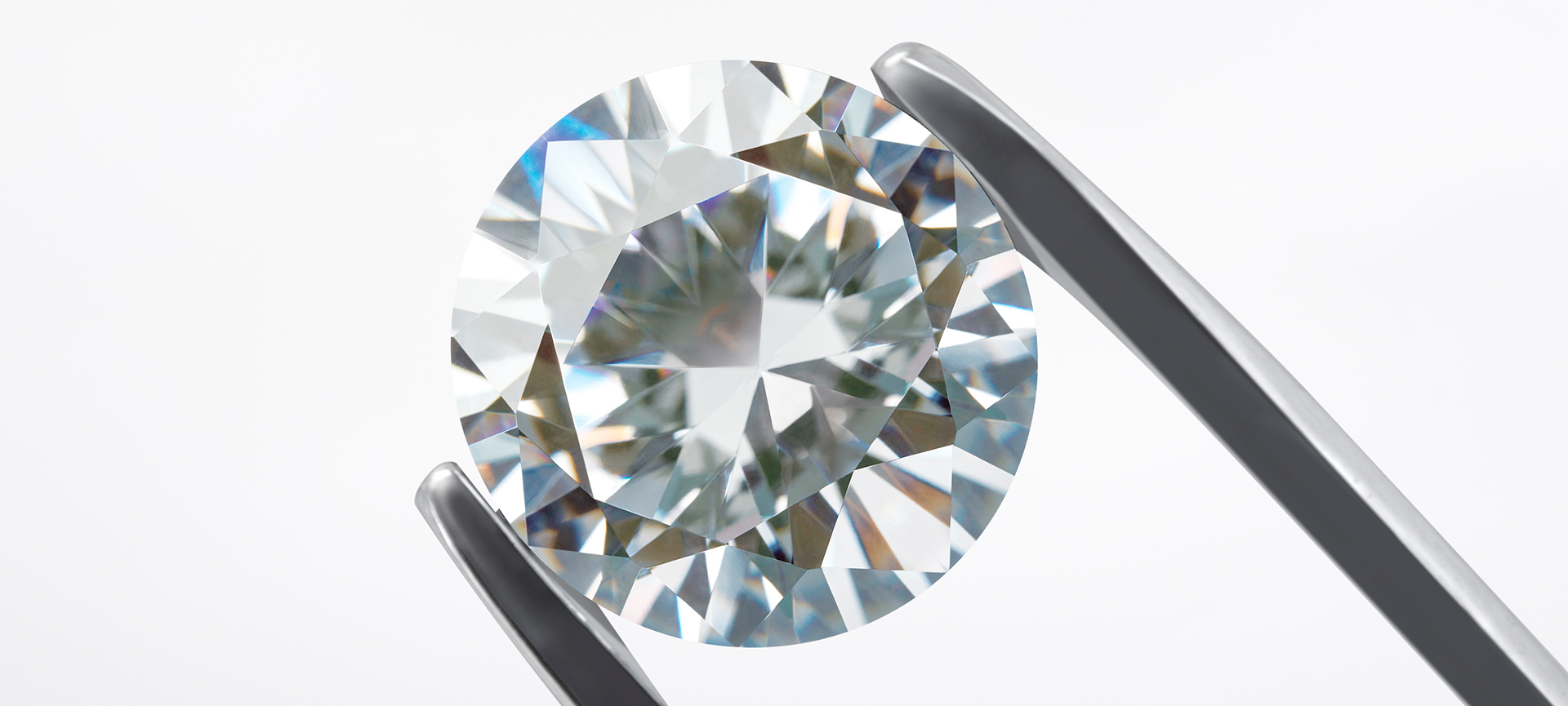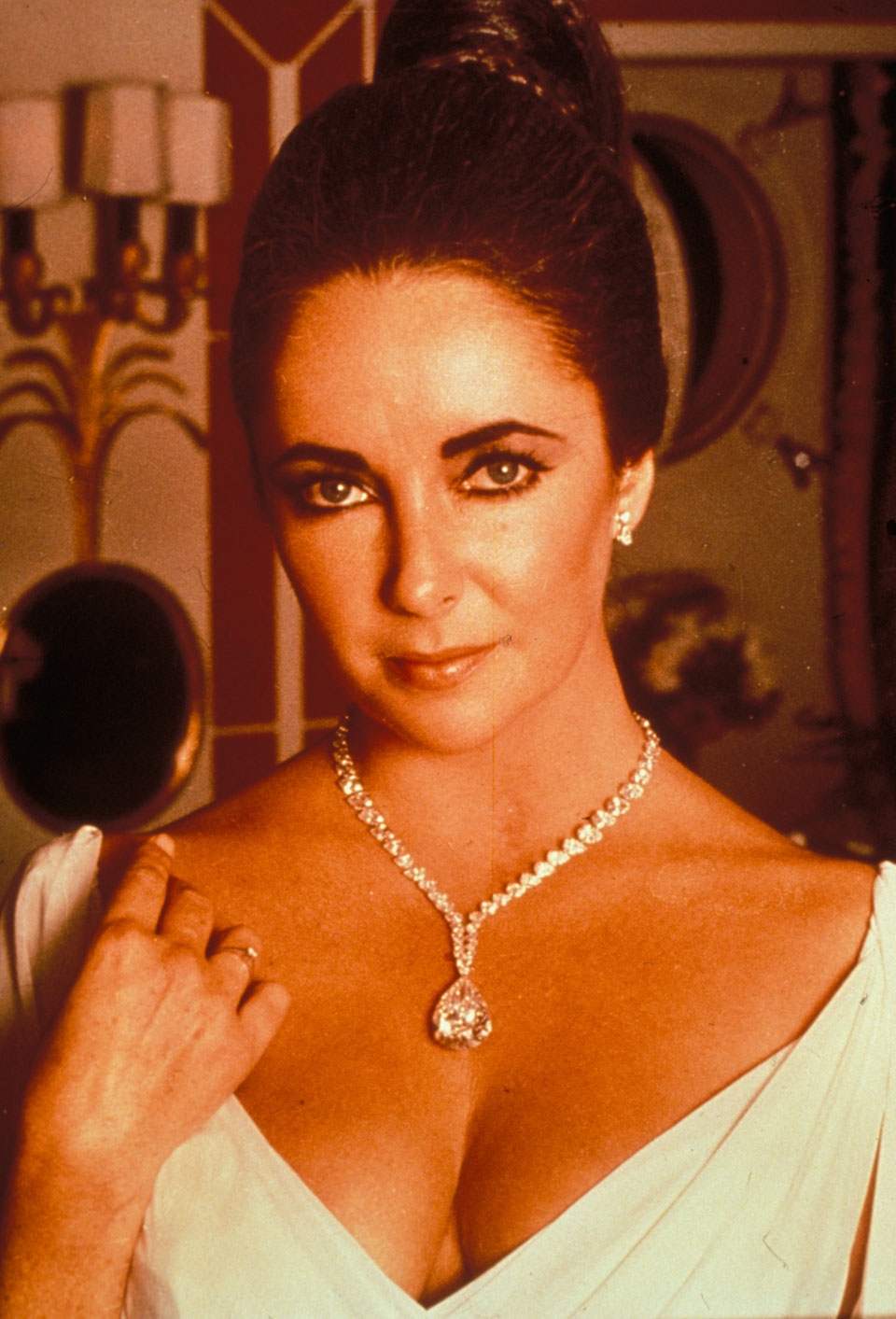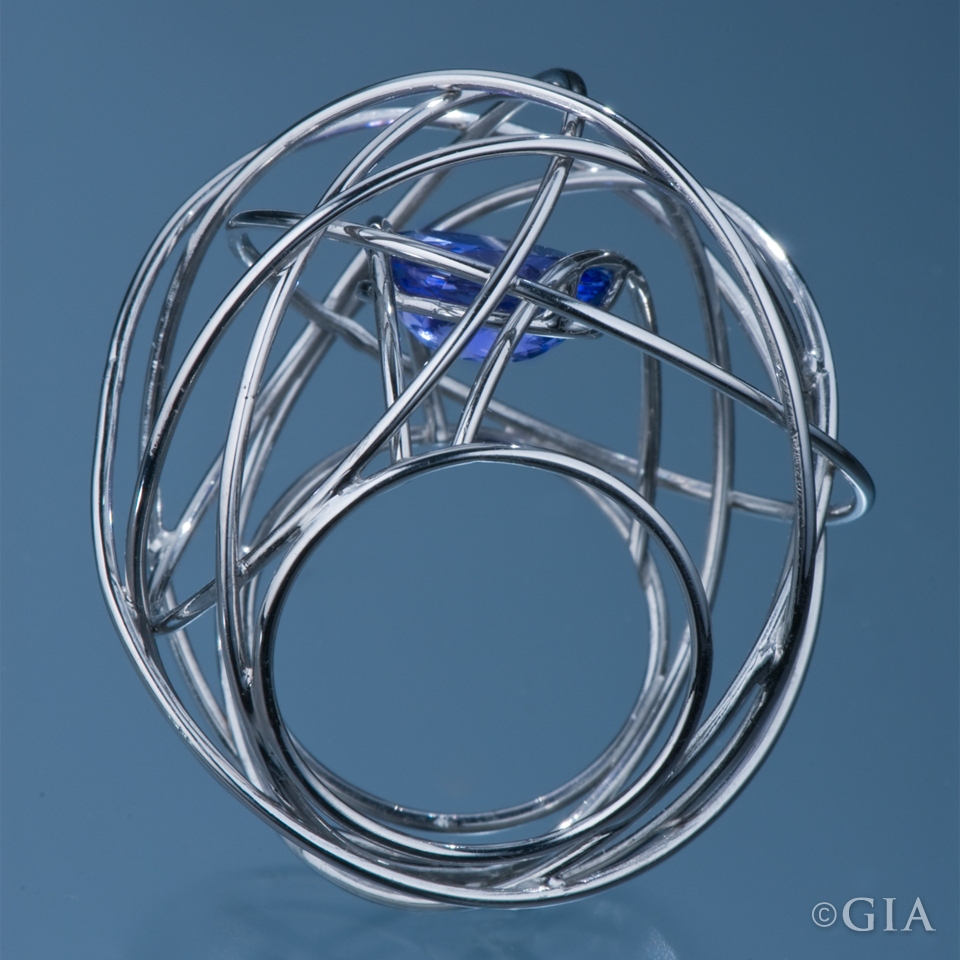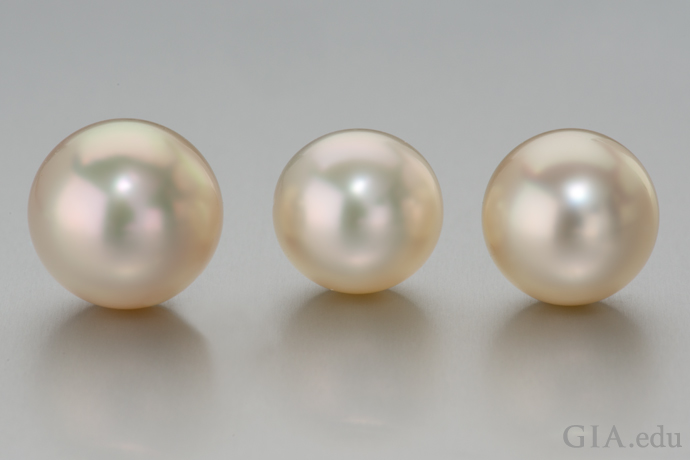A strand of pearls is one of the most glamorous pieces of jewelry a woman can wear, yet these lustrous beauties have humble origins.
Pearls are produced by mollusks – soft-bodied saltwater or freshwater animals possessing one (univalve) or two (bivalve) shells. Mollusks are invertebrates meaning they lack a spine or vertebrae. Scientists estimate there are over 100,000 different species of mollusks in the world’s waters. However, only a few dozen of these species produce pearls and only about half of them are used to produce cultured pearls. (more…)

